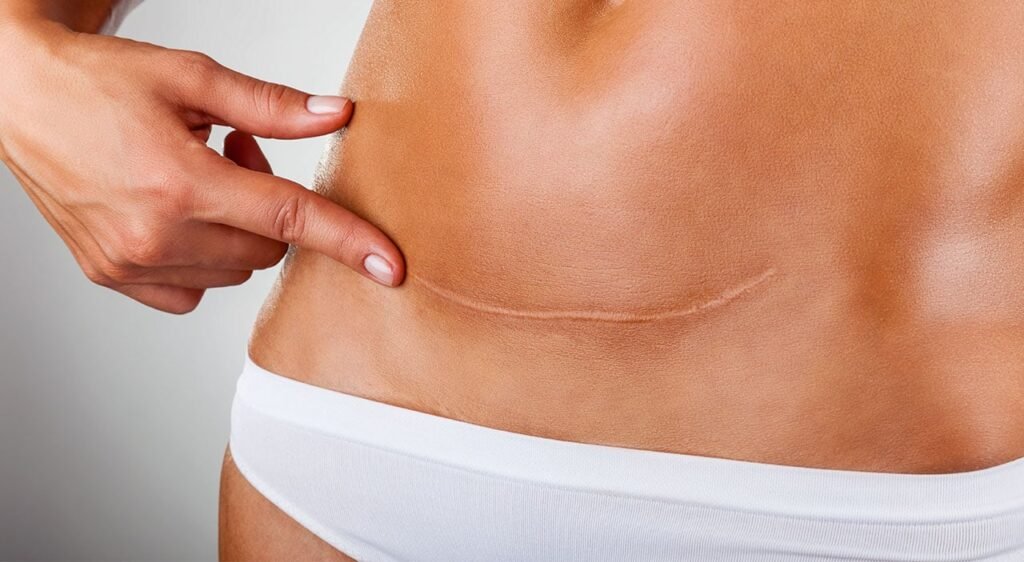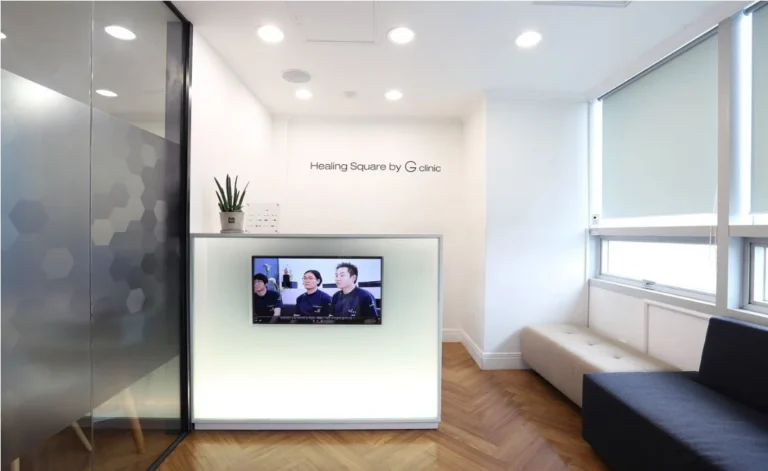Smart Planning for a Safe, Comfortable, and Enjoyable Recovery Trip
Combining a tummy tuck with a leisure trip to Korea might sound like the perfect way to save time and enjoy your transformation—but this concept, known as “surgery tourism”, needs careful planning. Korea is one of the world’s top destinations for medical aesthetics, offering highly skilled surgeons, advanced technology, and luxurious recovery accommodations.
But is it really possible to enjoy a “vacation” after major surgery?
Yes—but only if you do it the right way.
Let’s explore how to safely combine a tummy tuck and tourism in Korea, based on best practices from leading Korean clinics.
🇰🇷 Why Korea for Medical Tourism?
Korea is globally renowned for:
- World-class plastic surgeons, especially in Seoul’s Gangnam and Apgujeong districts
- Affordable pricing compared to Western countries
- High safety standards and post-op care infrastructure
- Bilingual care coordinators to support international patients
- A chance to experience K-culture, food, and healing hot springs
According to the Korean Ministry of Health, over 400,000 medical tourists visited Korea in recent years, many for cosmetic procedures like tummy tucks.
✈️ Is It Safe to Travel for a Tummy Tuck?
A tummy tuck is a major surgical procedure, involving skin excision, muscle tightening, and sometimes liposuction. That means traveling immediately after surgery is not advisable.
“We typically recommend that medical tourists stay in Korea for 10–21 days post-surgery to ensure safe healing, drain removal, and scar management.”
— Dr. Hyeon Ji-won, Plastic Surgeon, Seoul
🧳 Your Step-by-Step Travel-Surgery-Recovery Plan
🗓️ Week 1: Arrival and Surgery
- Day 1–2: Pre-operative consultation, body scans, and lab work
- Day 3: Tummy tuck surgery (often in a same-day surgical facility or hospital)
- Days 4–6: Recovery under medical supervision at a clinic or recovery hotel
- Day 7: First follow-up, drain check/removal
🏠 Recommended stay: Medical recovery residence with nursing staff, meals, and gentle mobility support
🛌 Week 2: Rest + Light Activities
Now that your condition has stabilized:
- Start gentle walks in nearby areas like Dosan Park or Han River trail
- Explore low-effort cultural activities:
- Korean tea ceremonies
- Calligraphy workshops
- Hanbok photo experiences
- Book cafes, temple gardens
🚫 Avoid:
❌ Shopping malls, subway crowds, or hiking trails
❌ High-sodium Korean BBQ and spicy food
❌ Heavy luggage or long bus rides
🌤️ Week 3: Light Tourism Before Departure
If you’re healing well and surgeon-approved:
- Take short day trips:
- Gyeongbokgung Palace (gentle walking, shaded areas)
- Bukchon Hanok Village (early morning or weekday strolls)
- Incheon or Gangneung hot spring spas with mineral soaking options
- Enjoy low-salt Korean porridge (juk), collagen-rich soups (samgyetang), and herbal teas to nourish recovery
✈️ Fly home only after your surgeon clears you for air travel (usually 14–21 days post-op).
🏥 What Korean Clinics Offer for Medical Tourists
| Service | Description |
|---|---|
| Medical Coordinators | English-speaking support for every step: from airport pickup to prescription refill |
| Hotel-Clinic Partnerships | Many clinics partner with luxury hotels or recovery centers for full-room care packages |
| Private Recovery Homes | Furnished suites with meals, nurses, IV support, and daily vitals check |
| Translation & Transportation | App-based or concierge-managed translators and drivers for follow-ups |
| Virtual Follow-Ups | Post-return video calls to monitor your healing and scar progress |
💡 Tips for a Smooth Surgery & Leisure Trip
✅ Choose the Right Time of Year
- Spring (April–May) and Autumn (Sept–Oct) offer pleasant weather for walking and recovery
- Avoid humid summer (June–August) which can worsen swelling and infection risks
✅ Pack Smart
- Loose, button-front clothes
- Compression garment(s) provided by clinic
- Travel pillow for reclining positions
- Scar cream, low-sodium snacks, wound care supplies
✅ Bring a Travel Companion
- Korean clinics highly recommend bringing a family member or friend to assist you
- If traveling solo, request a nurse companion or VIP concierge service
⚠️ What NOT to Do After a Tummy Tuck in Korea
| Don’t | Why |
|---|---|
| Tour crowded areas (e.g., Myeongdong) in Week 1–2 | Increases infection risk and delays healing |
| Eat heavy, salty foods | Can cause bloating, fluid retention, or drain issues |
| Travel between cities by train or bus in the first 10 days | Vibration and motion can disrupt internal healing |
| Skip follow-up appointments | Clinics will track drain fluid, wound tension, and scar color progression |
🧘♀️ The Ideal Medical Tourism Balance
💬 “Our goal is to give patients a comfortable and safe healing experience—not just a procedure. When done right, a tummy tuck in Korea can feel like a mindful health retreat.”
— Dr. Jang Yeon-soo, Chief Surgeon, Busan
Rather than squeezing in sightseeing while you recover, think of your Korean medical trip as a rejuvenation experience. With the right schedule, you’ll return home not only flatter-bellied, but also well-rested and culturally enriched.
📋 Sample 14-Day Medical Tourism Itinerary for Tummy Tuck
| Day | Activity |
|---|---|
| 1 | Arrival, hotel check-in, pre-op consultation |
| 2 | Lab tests, imaging, clinic tour |
| 3 | Surgery day (abdominoplasty + possible liposuction) |
| 4–6 | In-clinic or recovery hotel rest, meal support |
| 7 | Drain check/removal, gentle walking nearby |
| 8–10 | Visit quiet sites, take photos, enjoy café therapy |
| 11–13 | Light leisure: art galleries, tea houses, river walks |
| 14 | Final check-up and clearance fo travel |
🌍 Final Thoughts
A tummy tuck in Korea doesn’t need to be purely clinical—or overly indulgent. With smart planning, surgeon guidance, and customized recovery care, you can enjoy a transformational health journey in one of the most advanced medical tourism destinations in the world.



